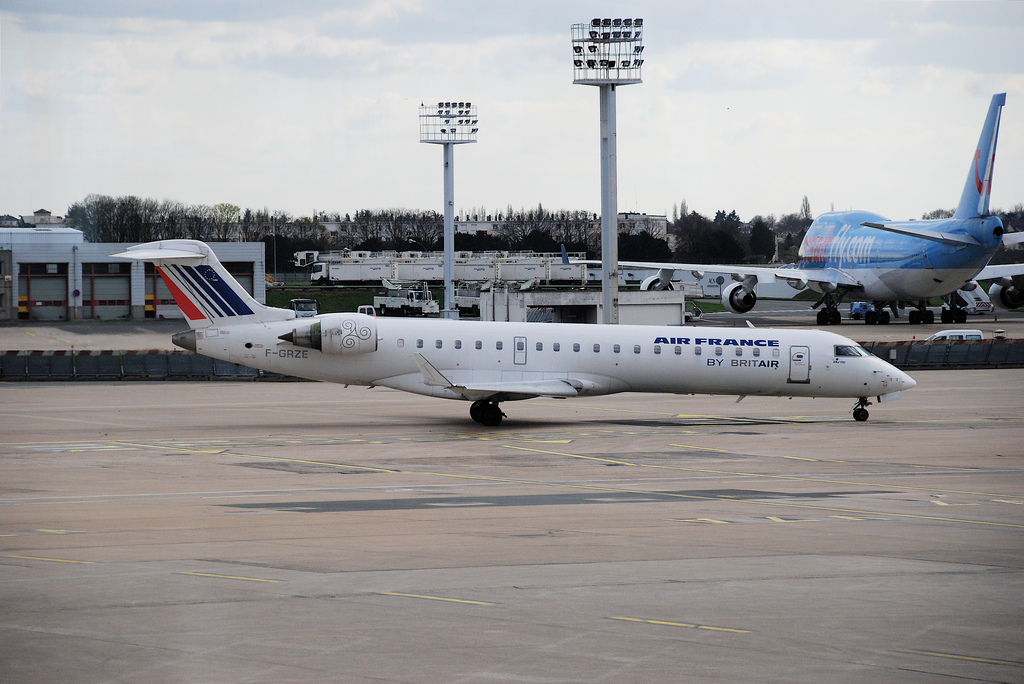Britair CRJ7 at Lorient on Oct 16th 2012, overran runway on landing
Last Update: March 18, 2014 / 17:58:33 GMT/Zulu time
The French BEA released their final report in French (English version released on Mar 18th 2014) concluding the probable cause of the accident was:The accident was caused by the crew deciding not to abort the landing although they were not ...
The French BEA released their final report in French (English version released on Mar 18th 2014) concluding the probable cause of the accident was:The accident was caused by the crew deciding not to abort the landing although they were not
You've hit your monthly reading limit
Get a subscription or get a day pass right now and read this article and over 15'000 more.
Incident Facts
Date of incident
Oct 16, 2012
Classification
Incident
Aircraft Registration
N343434
Aircraft Type
Canadair CRJ-700
ICAO Type Designator
CRJ7
You have reached your free reading limit for this month.
Subscribe to AeroInside now and continue reading without any limits.
Subscribe today
Are you researching aviation incidents? Get access to AeroInside Insights, unlimited read access and receive the daily newsletter.
Pick your plan and subscribePartner

ELITE Simulation Solutions is a leading global provider of Flight Simulation Training Devices, IFR training software as well as flight controls and related services. Find out more.
SafetyScan Pro provides streamlined access to thousands of aviation accident reports. Tailored for your safety management efforts. Book your demo today
AeroInside Blog
Popular aircraft
Airbus A320Boeing 737-800
Boeing 737-800 MAX
Popular airlines
American AirlinesUnited
Delta
Air Canada
Lufthansa
British Airways


